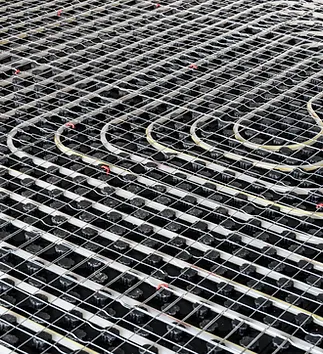When constructing a new building, or for that matter refurbishing an existing one, it is vital to pay attention to the flooring. This can be one of many different materials – tile, carpet, wood, laminate, vinyl, engineered wood, linoleum, stone, and more – but the most important thing, although it may sound obvious, is that the floor surface is flat.
For example, if you were to lay tile flooring directly on to a concrete substrate, the tiles would very likely begin to crack when walked on simply because the surface of the substrate is not flat in the first place. This is why it is necessary to cover the substrate with a screed in order to produce a level surface for the final flooring.
Traditionally, a screed has simply consisted of a sand and cement mix laid on the concrete by a worker on hands and knees using a trowel to level it out as much as possible. As you can imagine, apart from anything else, this can take an enormous amount of time.
Surface Regularity
The flatness of a screed is measured according to surface regularity and is carried out using a 2-metre straightedge laid on the surface with any gaps measured using a slip gauge. The result is defined as Surface Regularity and is calculated as SR1, SR2, and SR3. SR1 allows for a maximum gap of +/- 3mm, SR2 +/- 5mm, and SR3 (which is called utility standard) is +/- 10mm. Using a sand and cement screed it is difficult to achieve SR2, let alone SR1.
This is why today so many projects use a liquid screed instead. These are also known as self-levelling screeds because a liquid is naturally self-levelling. Pour water into a glass, and after a few seconds the surface is flat.
At Top Mix, we can provide you with liquid screeding in London for any sort of project in which you are engaged. We use Gypsol screeds for all types of buildings across the city. These are made using gypsum as the binder.
Liquid screeding in London has many benefits compared with sand and cement, not the least of which is the speed of laying. We can lay up to 2,000 square feet in a day where a sand and cement screed worker will struggle to achieve 100 square metres.
A liquid screed is also dry enough to walk on within 24 – 48 hours, thus not interfering with other tradesmen who need to work on the site.




